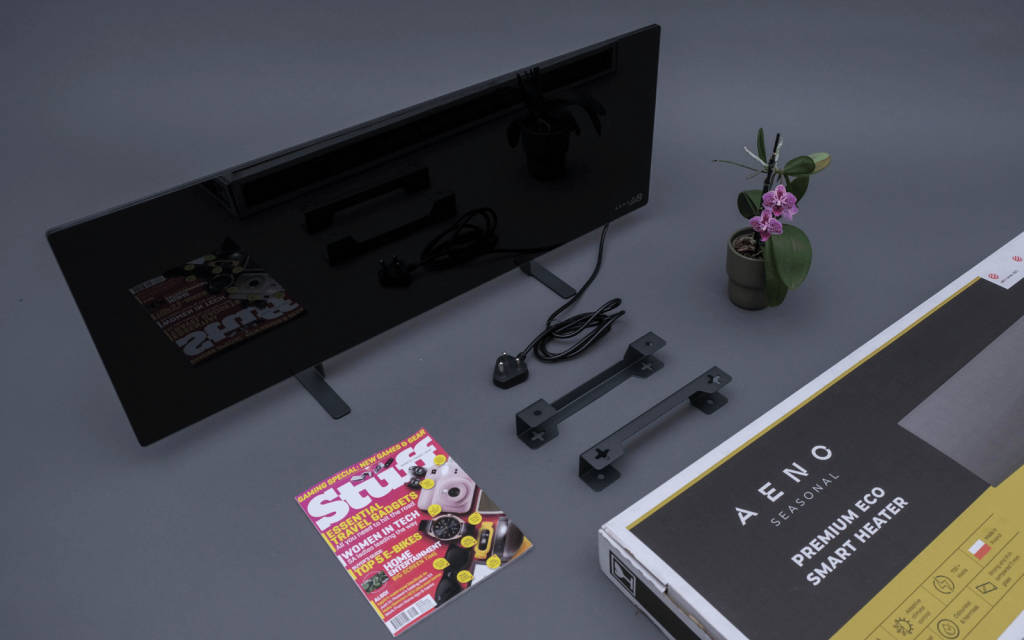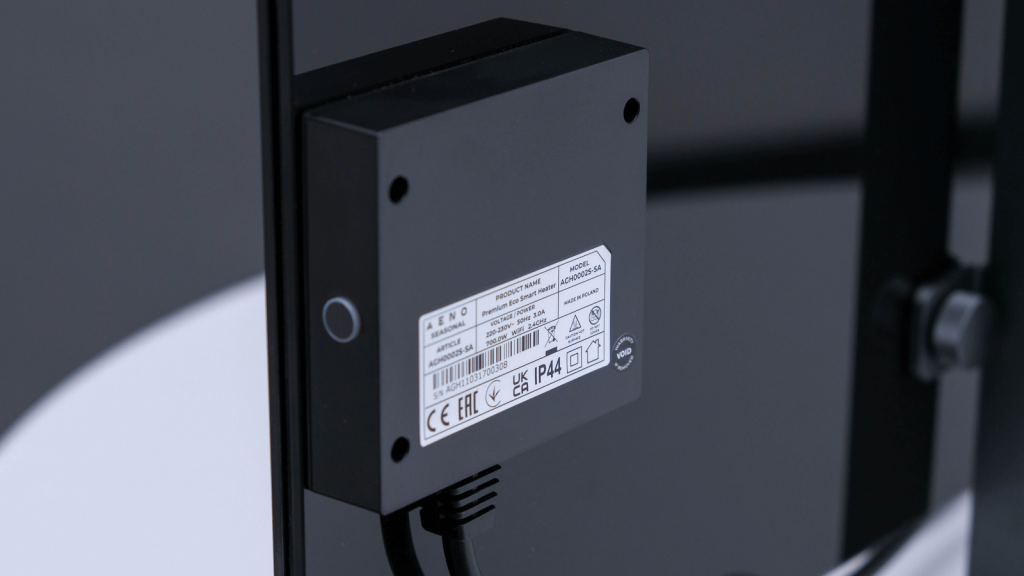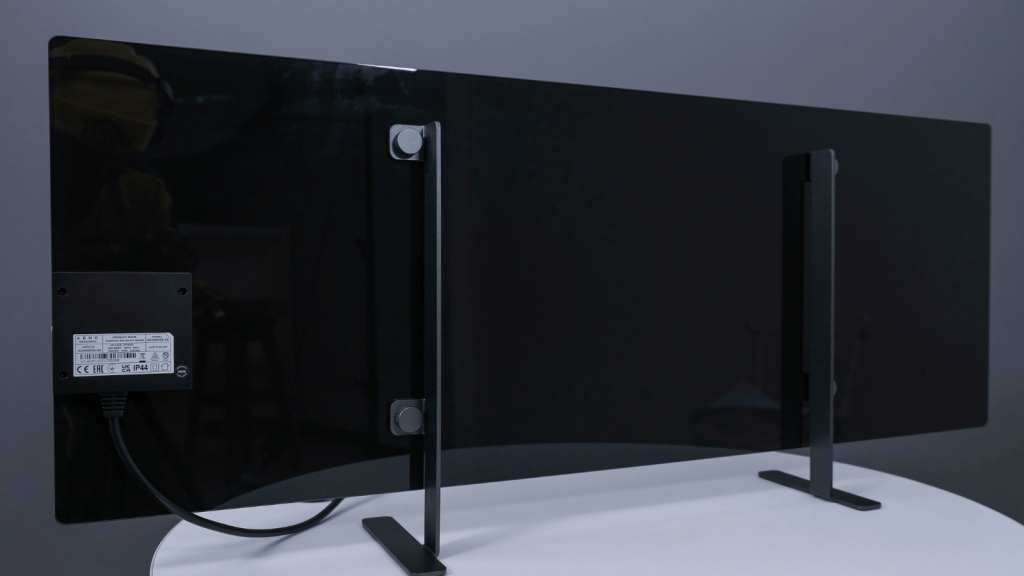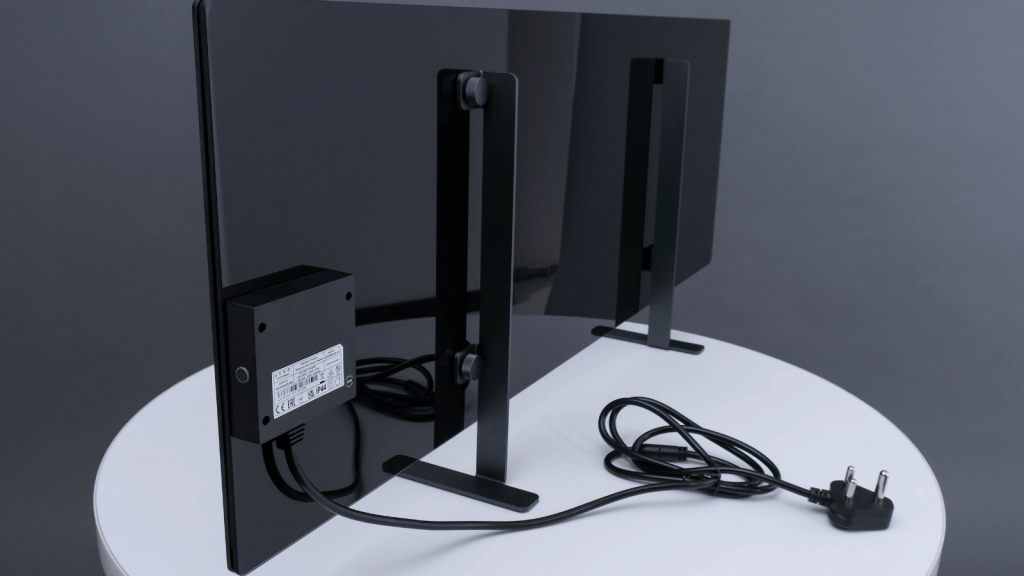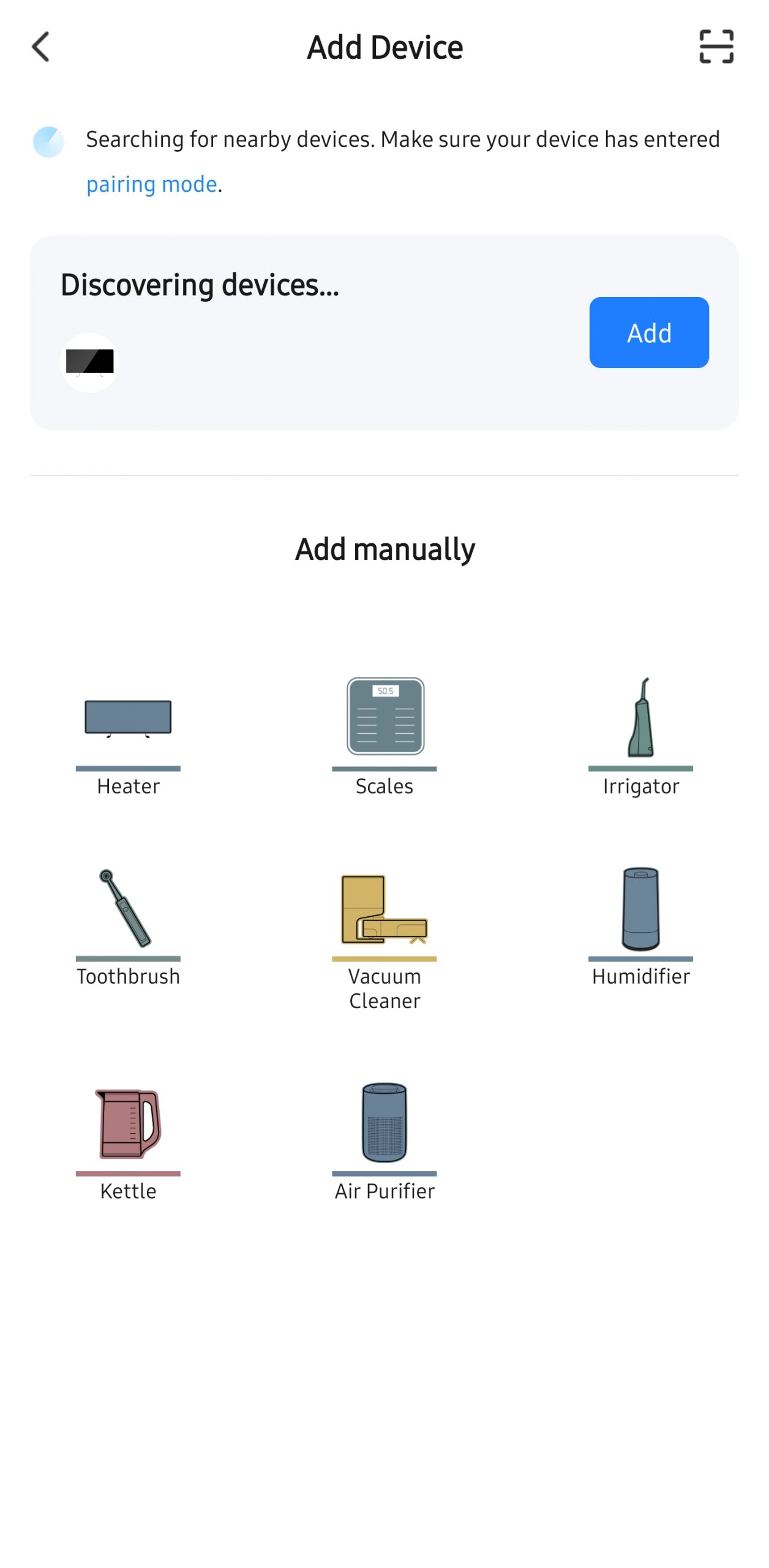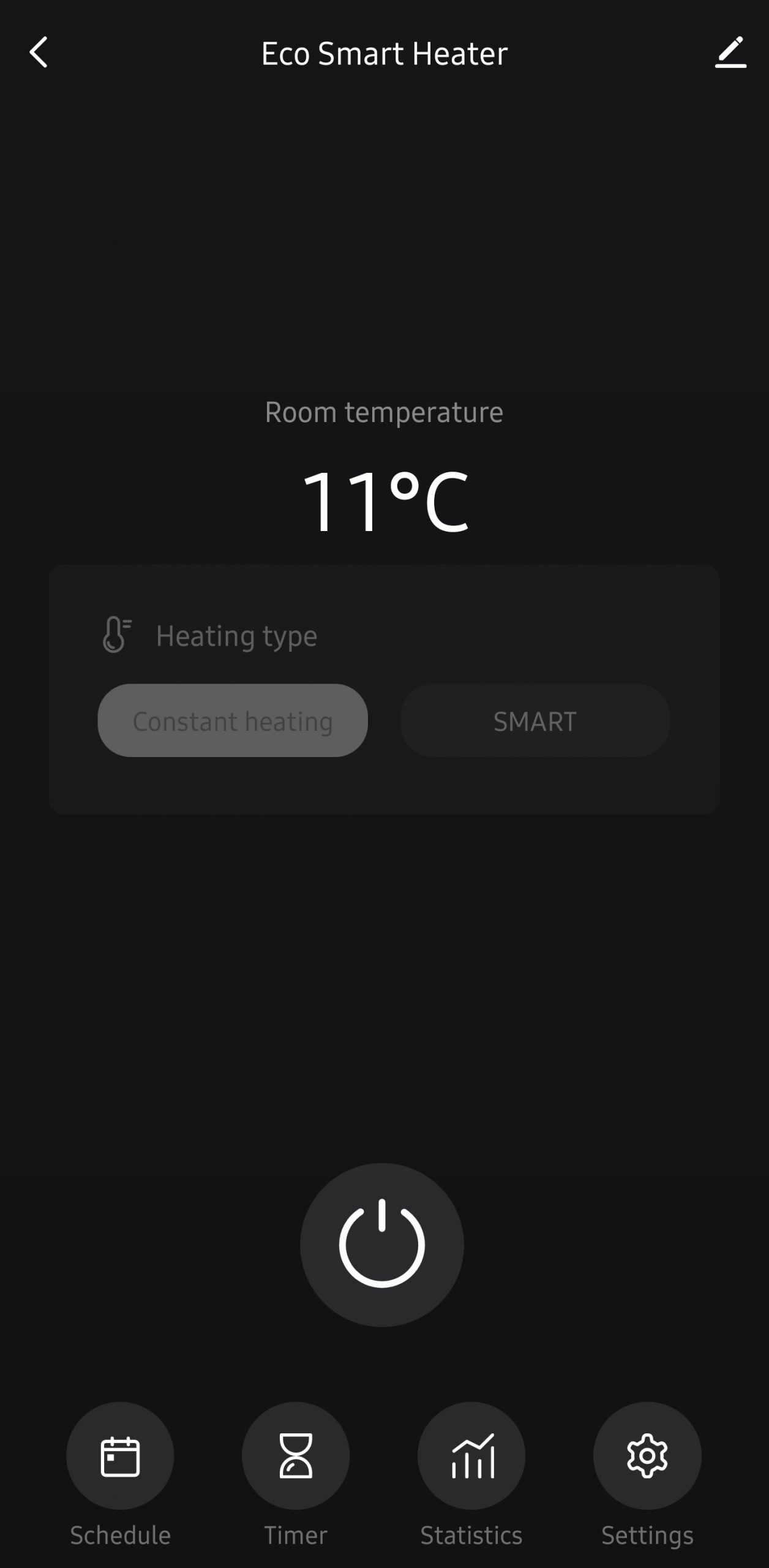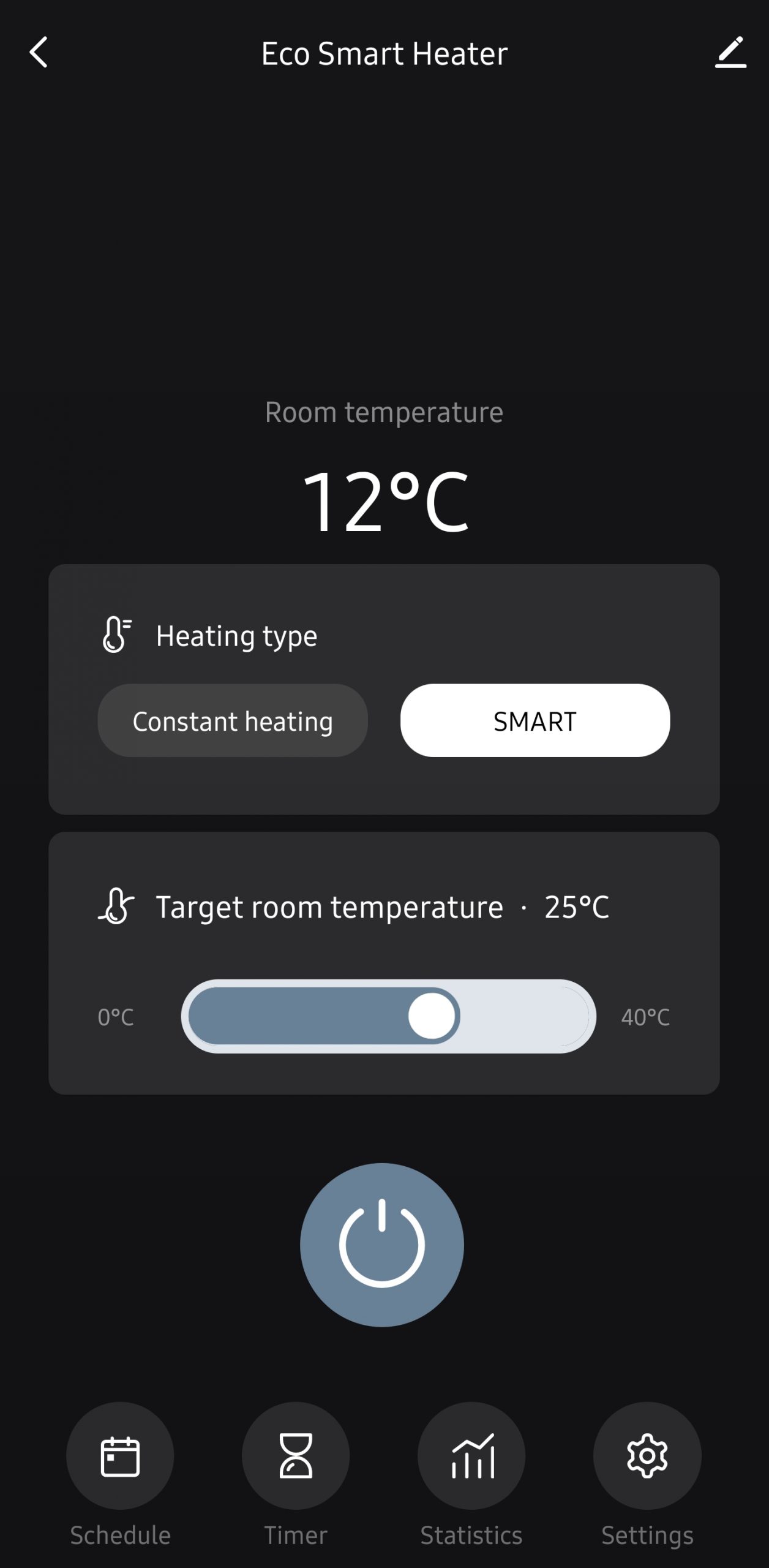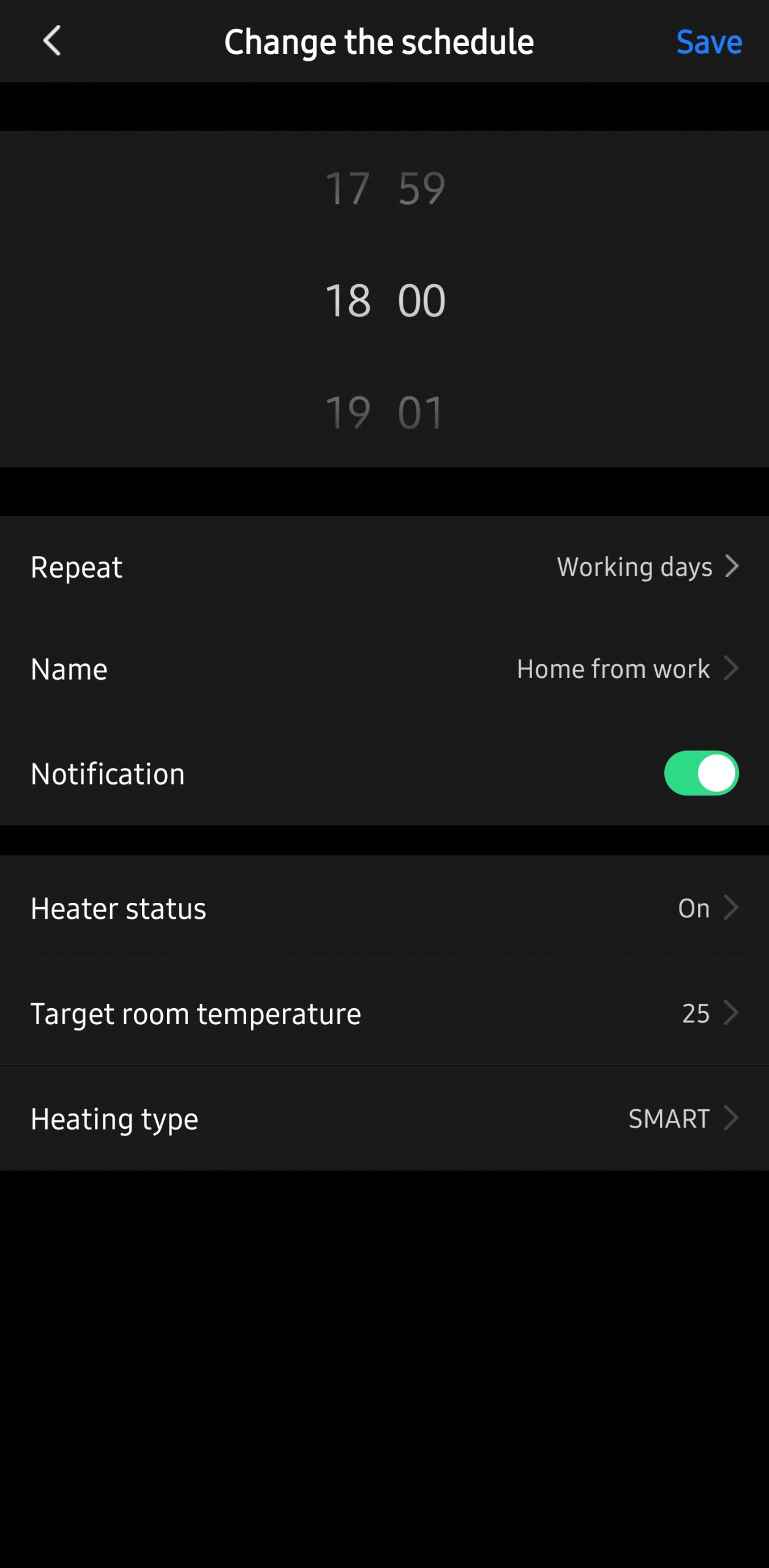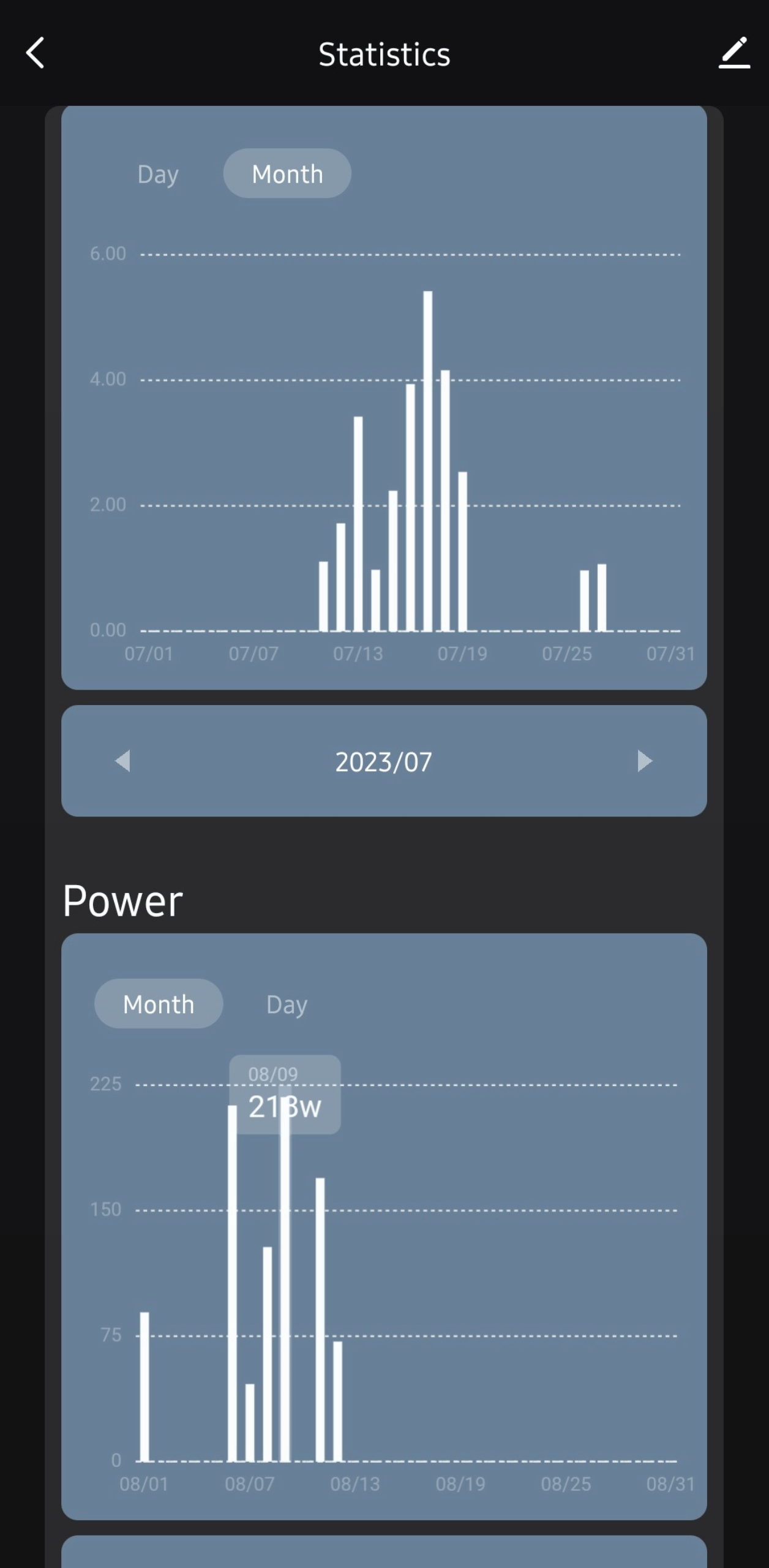The Aeno Premuim Eco Smart Heater is a bit of a mouthful but the device lives up to all of its qualifiers. It certainly deserves its reddot design awards, is (relatively) light on power, the app provides a good set of features, and, if placed right, manages to dispel the cold.
-
Design
-
Ease of use
-
Heating
-
Efficiency
-
Features
-
Value
Spring is already upon us so a heater probably isn’t at the top of your shopping list. But while it might be warming up, now’s a great time to buy a heater because, just like winter clothes, you’re likely to score a good deal with a sale. Picking one up now isn’t inherently a bad thing, though. It’ll lessen the dent in your wallet, prepare you for surprise cold snaps, the approaching rainy season and next winter.
But which one should you buy? Newcomers to South Africa’s heater market, Aeno, thinks it should be the Premium Eco Smart Heater. This is the Polish company’s first product to launch in South Africa and it’s especially suited for our country in a few ways but falls short in one or two others. If you’re wondering how a heater, an appliance known for its high electricity usage, can call itself ‘eco’ or what makes this one so ‘smart’, you’ve come to the right place.
Award-worthy design
The second biggest problem with heaters – the first being their usually huge power draw – is that they’re almost always an eyesore. They’re made for the sole reason of providing heat with little thought given to how they might affect the feng shui of your space. You might be inclined to overlook that while you’re huddled close as it warms you up, not so much while it stands in the corner gathering dust in the off-season. But that isn’t a problem you’ll have here.
The minimalist design featuring two 1000 x 365 x 11mm glossy tempered glass panels with rounded corners and smoothed edges, in either black or white, won’t look out of place on the floor, wall, or ceiling of any modern home. The minimalism extends to the small control box on the rear that houses the electronics and a single on/off button. This one’s a smarty, remember? You’ll be handling most of the controls from the Aeno app on your phone, anyway.
The rear is also home to four mounting points built into the panel that make setup a breeze. You can attach the two sandblasted anodized aluminium legs with rubber feet if you want the option to keep it mobile. Or you could use the mounting guide, anchor bolts, and anodized aluminium brackets to attach it to a wall vertically or horizontally. The first option doesn’t require any tools, just the four embossed bolts which can be tightened sufficiently by hand. But if you opt to mount, you’ll need a drill, and if you want it on your ceiling it’s best to call in a professional.
It’s getting warm in here
The Aeno Premium Eco Smart Heater works like the Sun. Not that it’s a densely packed sphere of hydrogen and helium, but rather that it produces infrared electromagnetic waves. These waves radiate from the heater and directly heat the things they bump into. Unlike space heaters that heat air with an element and then push the hot air around with a fan.
Every kind of heater has its pros and cons. Fan space heaters are usually cheap, small, and provide heat relatively quickly. But they’re power-hungry and can be noisy or smelly. Those small fan heaters you find at Pick n Pay might cost less than R500 but a power draw of 2000W means what you save at the till you’ll pay back (and then some) to Eskom.
Aeno’s heater is rated at 700W – although we saw it get as high as 755W – so while it costs more upfront, it won’t drain your prepaid electricity meter nearly as quickly. This also makes it easier to run on backup power systems when load shedding strikes, though you’ll still need a beefy system to use it for extended periods.
However, the reduced power draw means it isn’t going to heat your socks off in a hurry. Aeno’s website states it will manage to heat rooms up to 30sqm, explaining in the FAQ section that the “value is valid for rooms with closed doors and full insulation against the heat loss.” With this being the first of the company’s products in the country, we assume it is referring to European insulating standards but we didn’t think it would make as big of a difference as it did.
The room we had it set up in is roughly half that size, 16sqm give or take, but we were left a little disappointed with the result. While it did manage to raise the ambient temperature by 2℃ on average, we had to crank the settings up to max for it to be noticeable. This made its eco-capabilities feel wasted. Yet, at full tilt, it still used far less power than our small fan heater over the same period.
To be clear, our disappointment wasn’t entirely the fault of the heater. Our testing environment is definitely not going to win any heat-retention awards with its solid concrete floors, thin carpets, and one nearly entirely glass wall. If you want to avoid the same feeling, you’ll need to a) take the 30sqm rating with a pinch of salt, and b) carefully consider the environment where you plan to stick this heater.
Comes with a bag of tricks
Relatively low power usage is this heater’s biggest advantage but it’s not the only one. No moving parts – often a device’s first point of failure – means it runs silently. The IP44 rating will see it survive a bit of dust or an accidental liquid spill. It’s completely odourless and won’t dry up all your air either. It also comes with built-in safety features like a child lock and an alarm that sounds, accompanied by a push notification, if it tips over.
However, as a tech publication, we naturally appreciated the smart functions over the others. As mentioned, other than the on/off button, controlling the heater is done through the Aeno smartphone app. Thankfully, setting it up was just as easy as attaching the legs.
After scanning the QR code on the box to download the app, we gave it some power. The app automatically detected it and joined it to the Wi-Fi. And that’s it.
From the device’s home page, you’re met with a digital on/off button, a room temperature reading from the thermometer in the power cord, and two heating types – constant or smart.
As you might’ve guessed, ‘constant’ has the heater constantly running at the panel temperature you set in the settings, between 60℃ – 125℃, until it’s switched off. Selecting ‘smart’ introduces another slider that allows you to set the room’s target temperature (0℃ – 40℃). Once that’s reached the heater will switch itself off until the temperature drops and it starts up again.
You don’t need to rely on remembering to switch it off, thankfully. The app allows you to set a timer or schedule where you can pick the days and times it’ll switch on and off, the settings you want, and if you want a confirmation notification when the schedule runs.
Aeno Premium Eco Smart Heater verdict
With the ever-rising cost of electricity and load shedding showing no signs of letting up, winter months are quickly becoming more expensive than ever. If you don’t want to deal with the cold and how expensive running a heater in winter is, your only other option was to switch to a gas heater – until now.
The Premium Eco Smart Heater from Aeno is easy to set up, (relatively) light on power, and provides the look and features of a premium product. Its launch price of R6,500 would’ve made a recommendation a little tough given it lacks a supporting ecosystem being the first product from the brand in the country (at least for now) and that it struggled to warm our small (albeit poorly insulated) room. But those are much easier to forgive at its current price of R4,000 or less. Not to mention the savings you should see in your power bill when you switch from a traditional electric heater.

